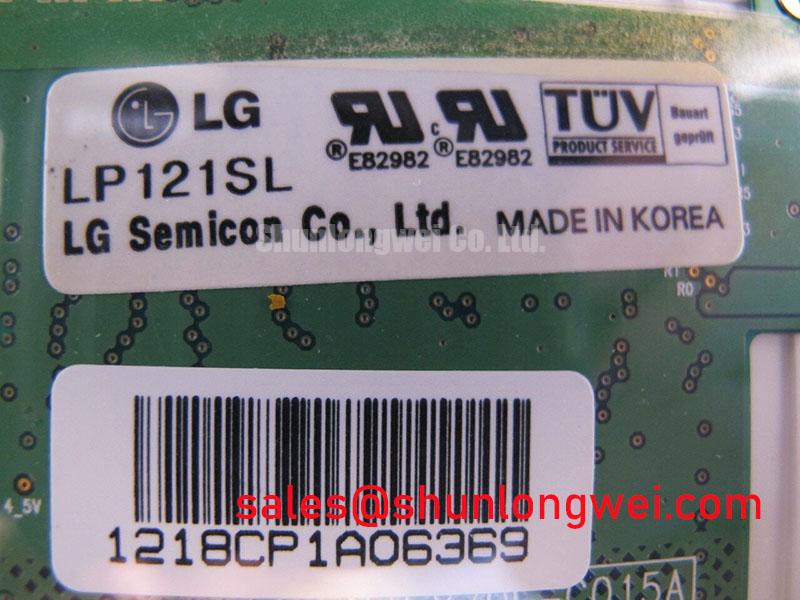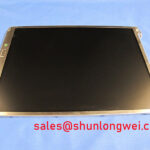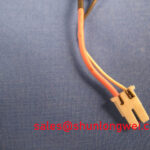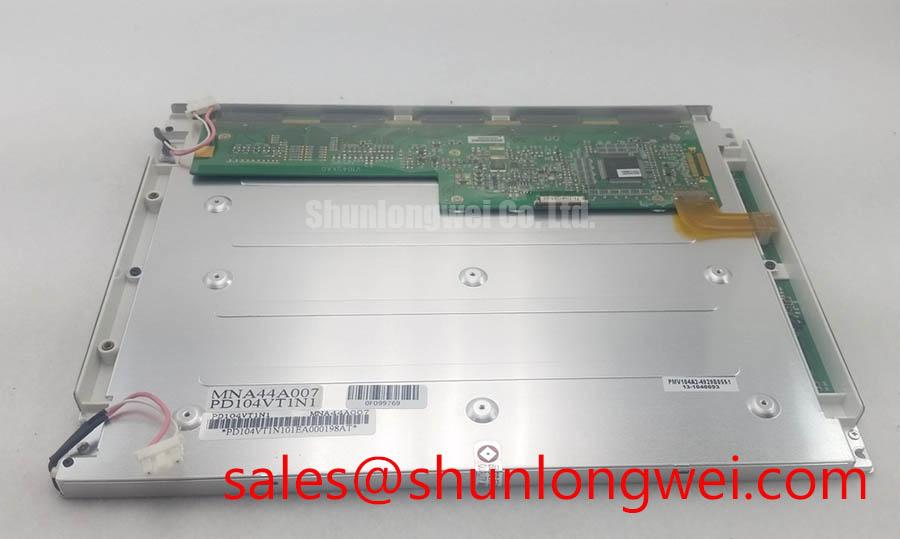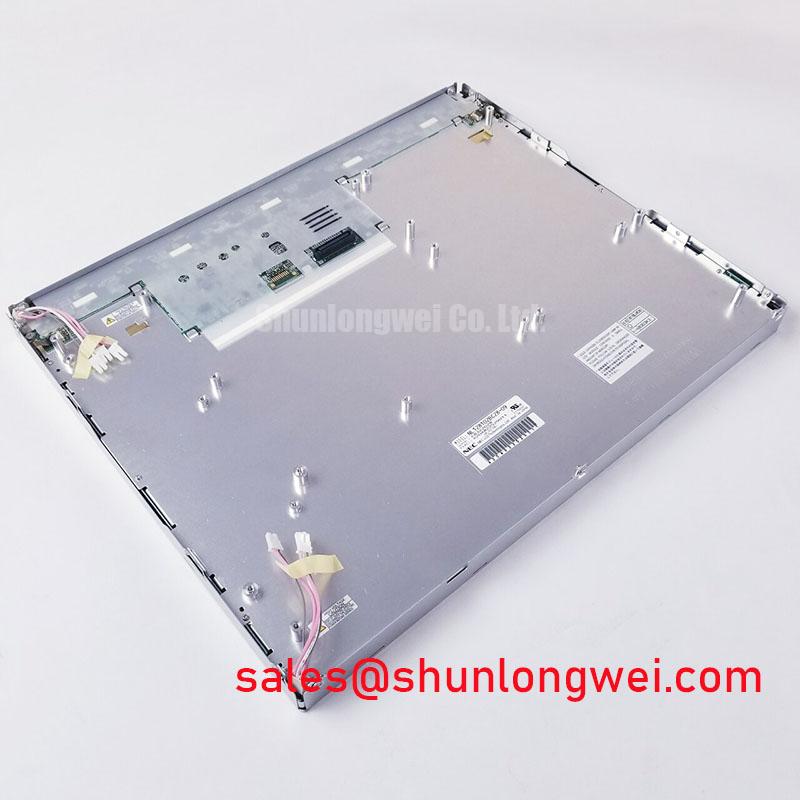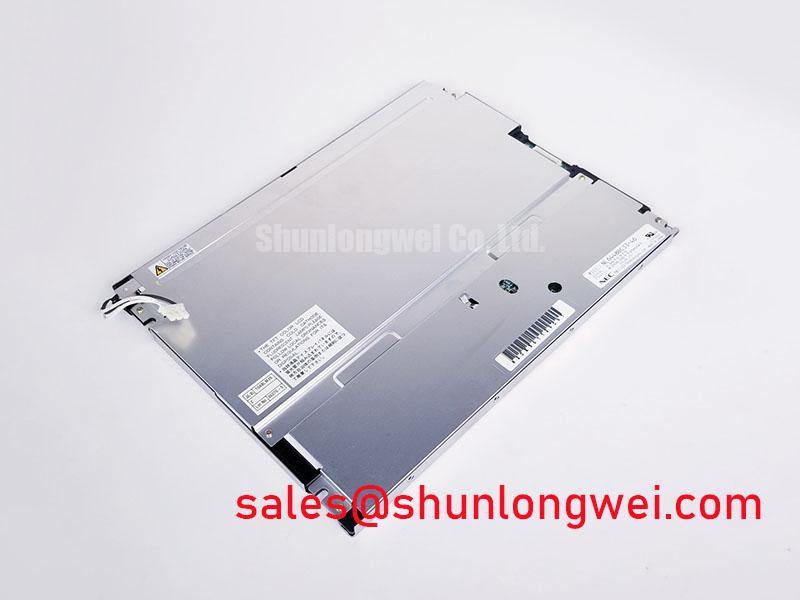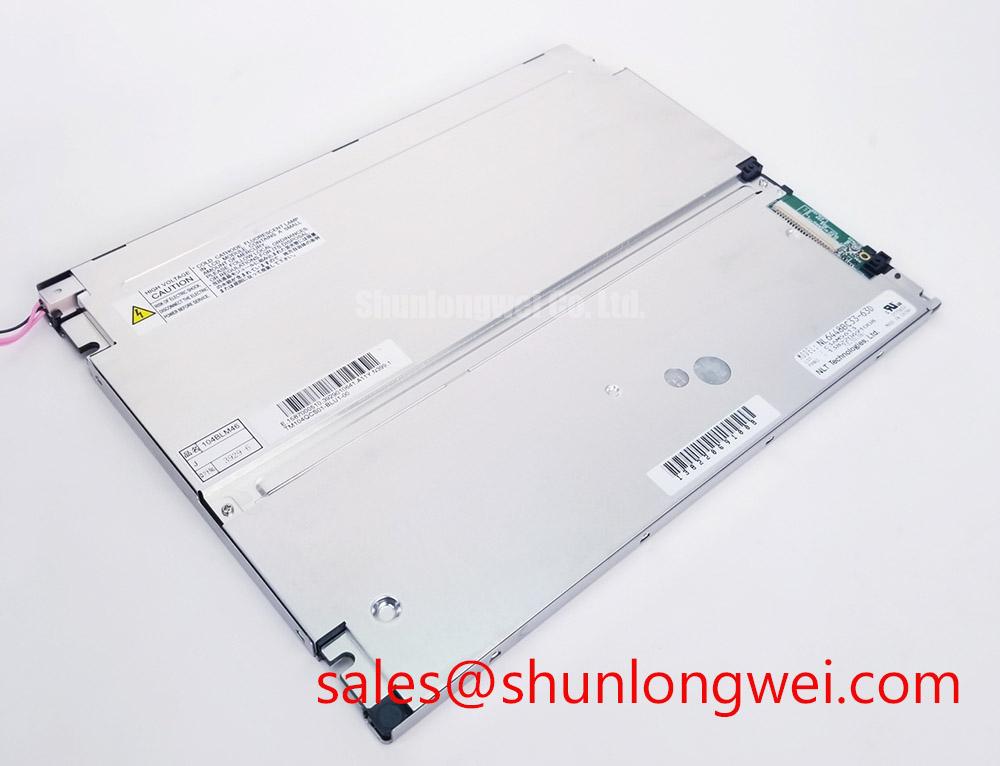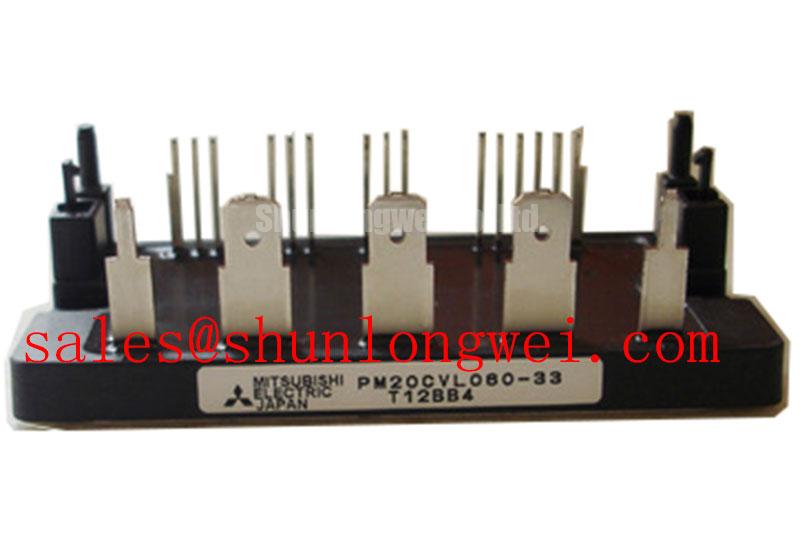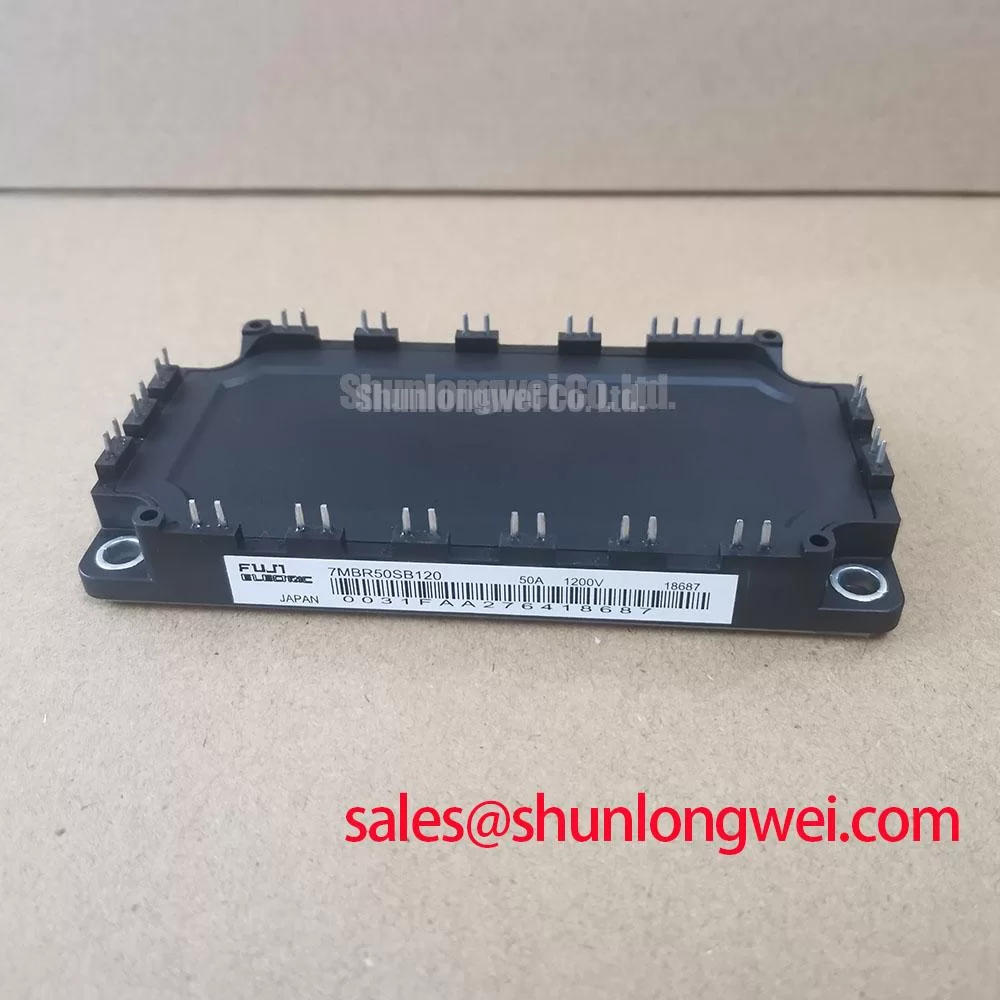LP121SL V1.0 | 12.1" SVGA a-Si TFT-LCD | LG Philips Panel
Technical Overview of a Compact Display Solution
The LG Philips LP121SL V1.0 is an a-Si TFT-LCD panel architected around a remarkably slim 5.5mm profile. This display provides a reliable 800x600 SVGA resolution through a standard LVDS (1 ch, 6-bit) interface, making it a straightforward component for legacy system upgrades or new, compact Human-Machine Interface (HMI) designs. Its primary engineering advantage lies in its minimal depth, which allows for integration into enclosures where every millimeter is critical. This design significantly reduces overall system weight and footprint without compromising on a standard, industrial-grade connector interface.
Legacy System Viability and the Value of Proven Interfaces
In the landscape of industrial automation and control, extending the operational life of existing equipment is a key strategic goal. The LP121SL V1.0 serves this objective by providing a display solution built on established, reliable technology. Its use of a conventional 20-pin LVDS interface ensures compatibility with a vast number of embedded systems and single-board computers already deployed in the field. Opting for such a panel can circumvent the need for costly and time-intensive redesigns of controller boards that would be necessary to accommodate newer interface standards. This focus on backward compatibility supports a more sustainable and economically sound approach to system maintenance, a crucial factor when evaluating the total cost of ownership.
Deployments Where Compactness Defines a System's Footprint
The physical attributes of the LG Philips LP121SL V1.0 directly translate into value for applications where space and weight are primary design constraints. The lightweight and slim construction supports the development of more ergonomic and portable end-products. What is the key benefit of its 5.5mm depth? It enables significantly more compact and lightweight HMI enclosure designs.
- Portable Diagnostic & Test Equipment: The panel's low mass (310g max.) reduces operator fatigue and enhances portability for field-service instruments.
- Embedded Machinery Control Panels: Its slim profile allows for seamless integration into machine chassis and control consoles without protruding, saving valuable factory floor space.
- Legacy CNC Machine HMI Upgrades: Provides a form-factor compatible replacement for older, bulkier displays, modernizing the user interface without extensive mechanical rework.
- Compact Information Kiosks: Enables the design of unobtrusive, space-efficient kiosks for process status display or information access points.
For portable diagnostic tools where the total system weight is specified under 350g, its 310g maximum weight makes the LP121SL V1.0 a structurally sound display choice.
Technical Specifications for the LP121SL V1.0
The following parameters are provided for engineering evaluation and are based on the product's technical documentation. They are intended to support design and integration decisions.
| Display Characteristics | |
|---|---|
| Panel Type | a-Si TFT-LCD |
| Size | 12.1 inch |
| Resolution | 800(RGB)×600, SVGA 82PPI |
| Active Area | 246(H) × 184.5(V) mm |
| Pixel Arrangement | RGB Vertical Stripe |
| Optical Performance | |
| Brightness | 120 cd/m² (Typ.) |
| Contrast Ratio | 200:1 (Typ.) (TM) |
| Viewing Angle | 40/40/10/30 (Typ.)(CR≥10) (L/R/U/D) |
| Surface Treatment | Antiglare |
| Interface & Backlight | |
| Interface Type | LVDS (1 ch, 6-bit), 20 pins Connector |
| Backlight System | 1 pcs CCFL |
| Mechanical & Environmental | |
| Outline Dimensions | 261(W) × 199(H) × 5.5(D) mm |
| Weight | 310g (Max.) |
| Operating Temperature | 0 ~ 50 °C |
| Storage Temperature | -20 ~ 60 °C |
A Data-Centric Look at Integration Factors
When evaluating the LP121SL V1.0, system designers should consider several key integration factors based on its datasheet values. This is not a recommendation, but a presentation of technical data to empower your decision-making process.
- Backlight System: This panel utilizes a single Cold Cathode Fluorescent Lamp (CCFL) for its backlight. This necessitates an external inverter to supply the required high-voltage AC power, a consideration that must be factored into the system's power budget and physical layout. This contrasts with modern displays which typically use a WLED system with a simpler DC driver. For systems with different backlight or temperature requirements, a panel like the G121SN01 V4 offers a WLED alternative.
- Optical Performance: With a typical brightness of 120 nits and a 200:1 contrast ratio, this display is best suited for indoor, controlled-lighting environments. The specified viewing angles are characteristic of displays from its era and should be reviewed against the specific operator viewing positions in the end application.
- Signal Interface: The 1-channel, 6-bit LVDS configuration supports a palette of 262K colors. This is sufficient for most industrial HMI applications focused on process data, schematics, and control interfaces.
Analyzing the Mechanical and Interfacing Design
A closer examination of the LP121SL V1.0's design reveals how its physical characteristics directly address specific engineering challenges. How does the antiglare surface improve usability? It minimizes reflections from overhead lighting for clear data visibility.
Impact of the 5.5mm Profile
The panel's most defining feature is its 5.5mm depth. This specification is critical for reducing the z-axis dimension of an HMI or portable device. To draw a comparison, this slim profile allows the display to be treated more like a single pane in a mechanical assembly rather than a bulky component box. This gives mechanical engineers greater flexibility in designing enclosures that are not only more compact but also have a more modern aesthetic, even when retrofitting older systems.
Antiglare Surface for Industrial Environments
The antiglare surface treatment is a functional feature that enhances data readability in typical industrial settings. By diffusing ambient light, it prevents harsh specular reflections from overhead lighting, which can obscure critical information and cause operator eye strain. This effect is analogous to the difference between reading from a glossy photograph versus a matte-finish print under a bright desk lamp; the latter provides a consistently clear and comfortable viewing experience, which is essential for accurate monitoring and control.
Frequently Asked Questions (FAQ)
1. What are the essential requirements for integrating the LP121SL V1.0?
Integration requires a compatible LVDS (1 ch, 6-bit) signal source from your controller board, a 3.3V power supply for the panel logic, and a separate, compatible CCFL inverter to power the backlight. The mechanical mounting points and overall dimensions (261 x 199 x 5.5 mm) must also be accommodated by the system's enclosure.
2. Does the CCFL backlight require special consideration?
Yes. Unlike modern WLED backlights, the CCFL system requires a dedicated high-voltage inverter. This component must be sourced separately and matched to the lamp's specifications. Engineers should also account for the warm-up time of CCFLs and their typical lifespan characteristics when planning for system maintenance and long-term reliability. For further reading on TFT-LCD technology, see The Ultimate Guide to TFT-LCD.
Request for Information
To further evaluate the LG Philips LP121SL V1.0 for your specific application, please contact our technical sales team. We can provide additional documentation to support your engineering and procurement process and help you verify its suitability for your system's integration requirements.





